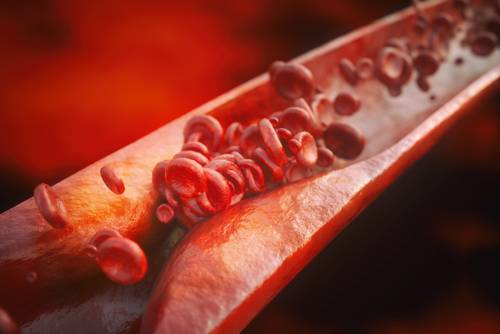Disrupted blood cell production and markedly high rates of inflammation are seen in patients with juvenile idiopathic arthritis (JIA), Chinese researchers report.
The study, “Characteristics of bone marrow cells in 107 patients with juvenile idiopathic arthritis: A retrospective study” was published in the journal Experimental And Therapeutic Medicine.
Laboratory tests and clinical features are used for the diagnosis of JIA. However, information about dysfunction in blood cell production is insufficient in JIA. Only a few studies have reported changes in the bone marrow cell composition in JIA patients, the authors stated.
To better understand the abnormality of blood cells in JIA patients’ bone marrow, researchers from China re-evaluated patients diagnosed between May 2013 and October 2015 by studying their bone marrow samples.
A total of 107 JIA patients, treated at the Department of Pediatrics, Renji Hospital associated with the Shanghai Jiao Tong University in Shanghai, China, participated in this study. Participants’ median age was 11.
Because of the invasive nature of bone marrow aspiration, this study did not include comparable healthy controls, the researchers said.
The samples’ bone marrow cellularity was assessed. It is the percentage of hematopoietic cells (stem cells that generate blood cells) relative to the fat content in the marrow.
Bone marrow examination revealed that in this study population, 27 (25.23%) patients exhibited normal cellularity of the bone marrow, 54 (50.47%) had increased cellularity, and 26 (24.30%) showed significantly reduced cellularity.
In the bone marrow samples, 30.5–85% of the cells were of the myeloid cell type. Among these cases, 39 (36.45%) exhibited toxic granulation.
Excessive presence of darkly stained granules in the myeloid cells that differentiate into red blood cells and platelets is referred to as toxic granulation and is an indication of inflammatory conditions.
Moreover, researchers found greater than 25 megakaryocytes (a mild-moderate increase) in 75.7% (81 patients) of the study population. Increased megakaryocytes — large cells of the bone marrow — are an indicator of disrupted blood cell maturation or myelodysplastic condition.
The team also reported that bone marrow smear analysis from 77.57% of the patients showed the presence of hemophagocytes. Hemophagocytic macrophages, or hemophagocytes, are immune cells that engulf blood cells. Driven by overactive inflammation, their activation and presence indicate macrophage activation syndrome (MAS), a severe complication.
“The frequent presence of hemophagocytes indicates that bone marrow examinations are one of the most important auxiliary examinations for the diagnosis of JIA, in order to exclude or make the diagnose of MAS,” the researchers said.
“We propose that JIA is associated with specific myelodysplastic changes and that cellular immune system dysfunction and overreactive inflammatory cytokines may contribute to the development of these myelodysplastic changes in the bone marrow,” they stated.
“In order to exclude or make the diagnose of MAS, bone marrow examination should be considered as an important auxiliary examination,” they concluded.

